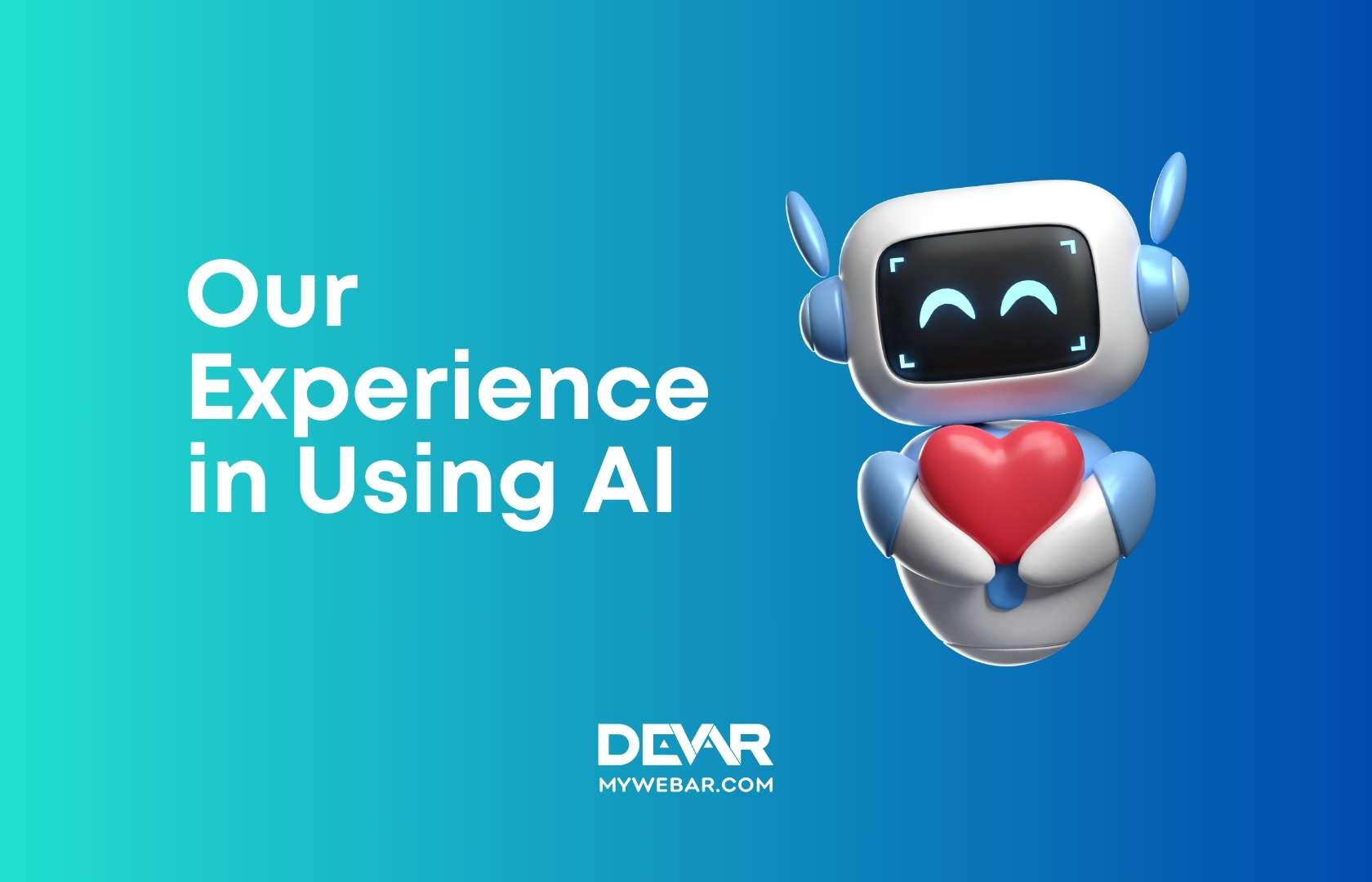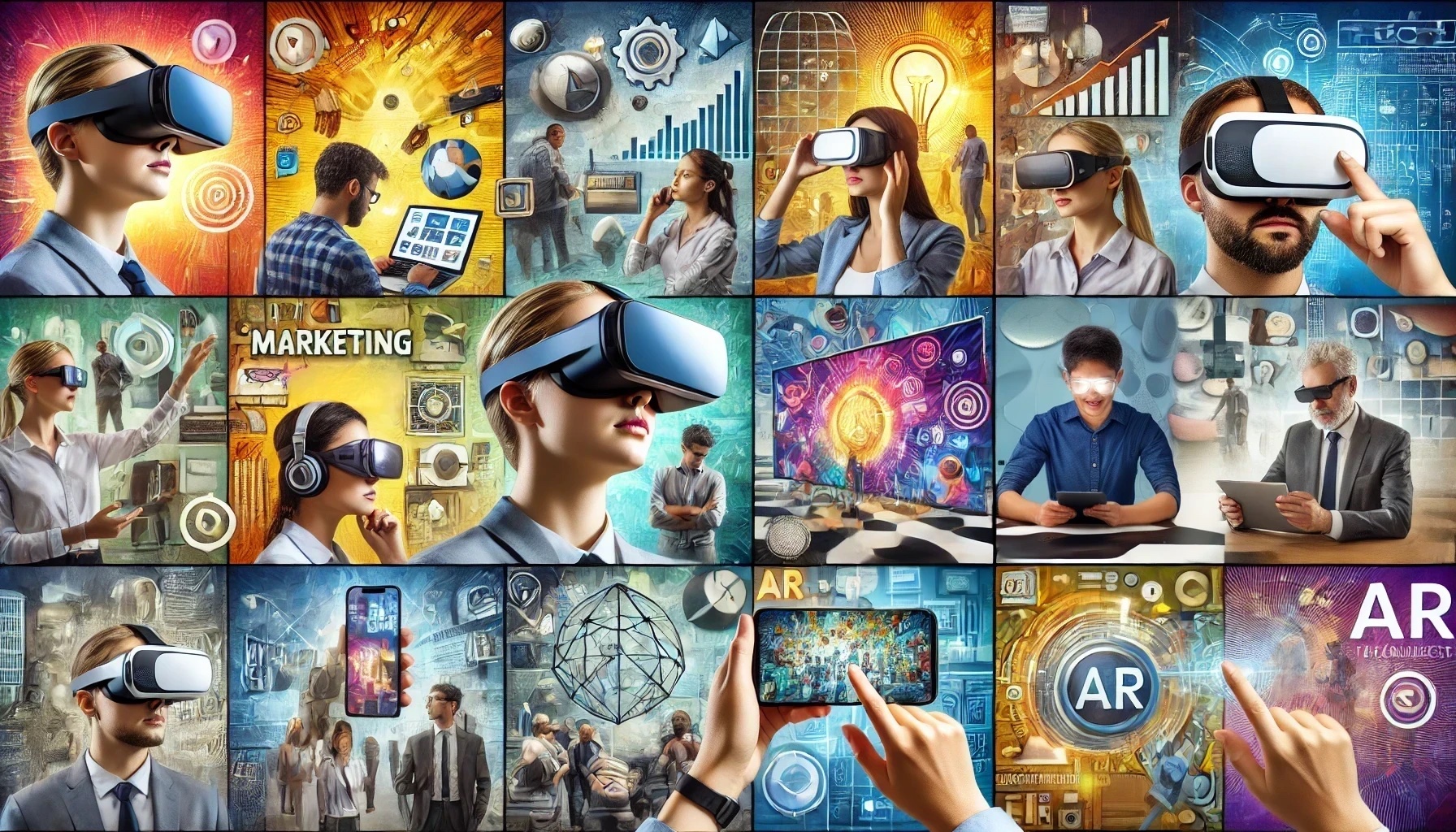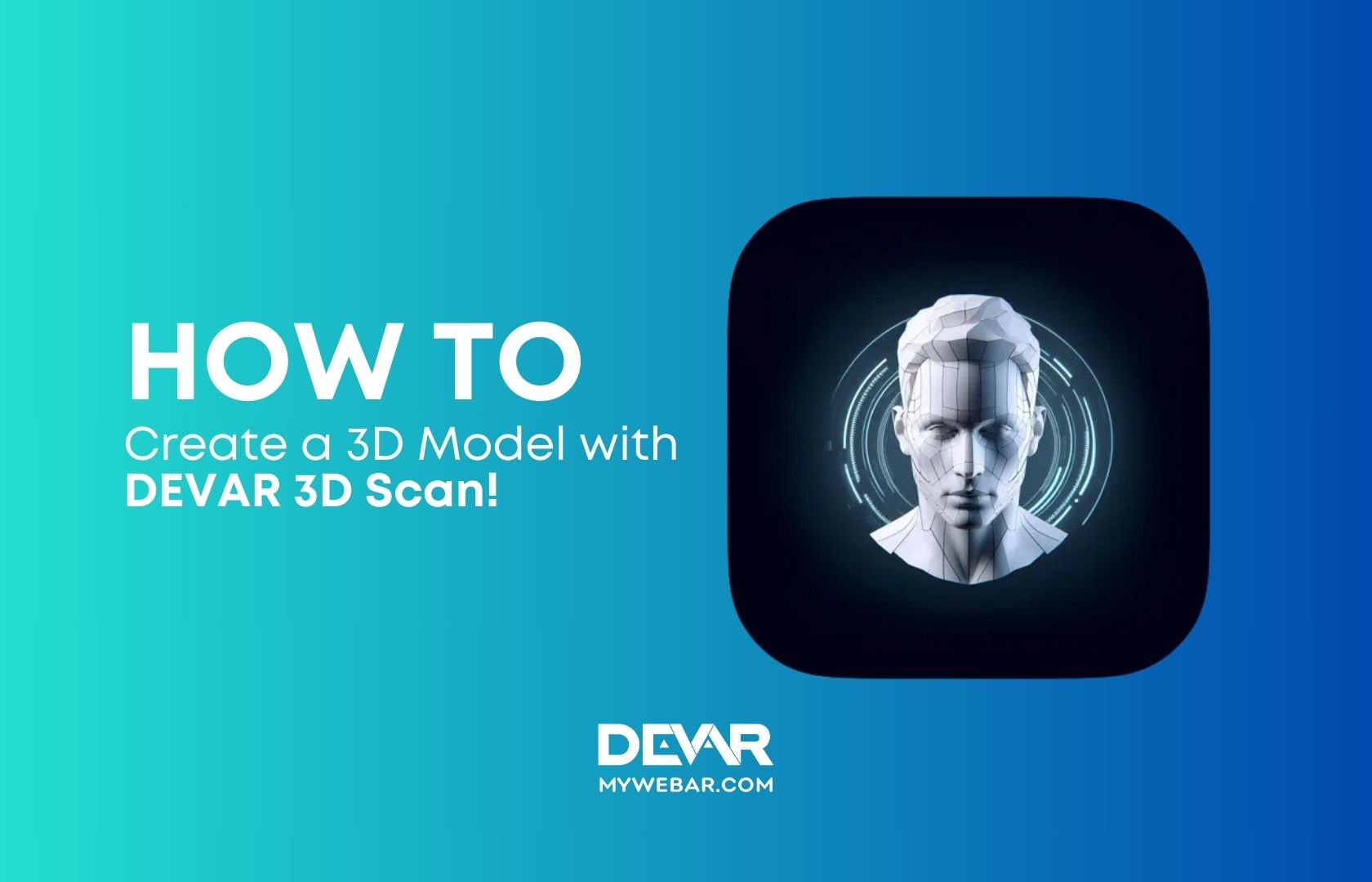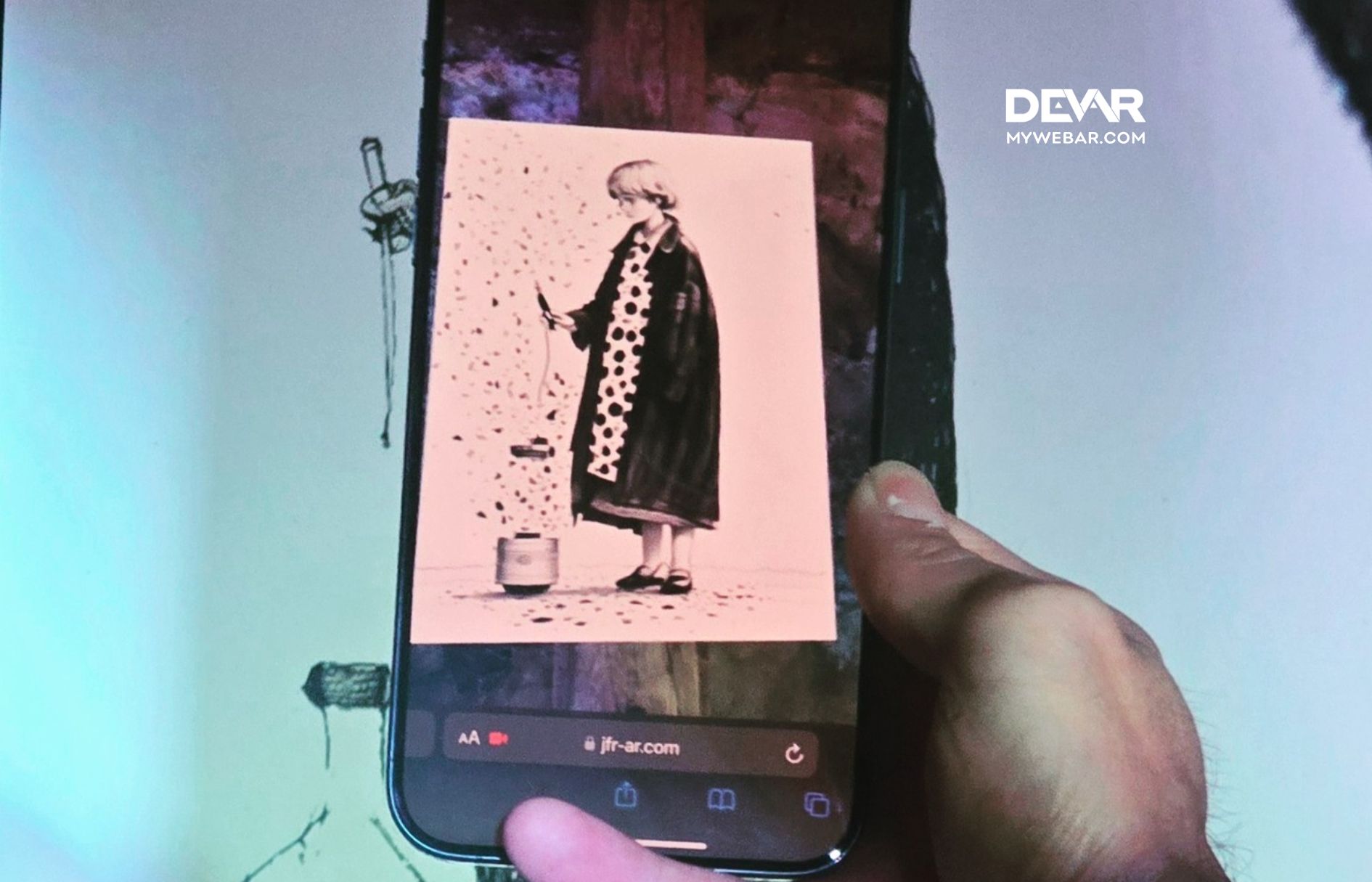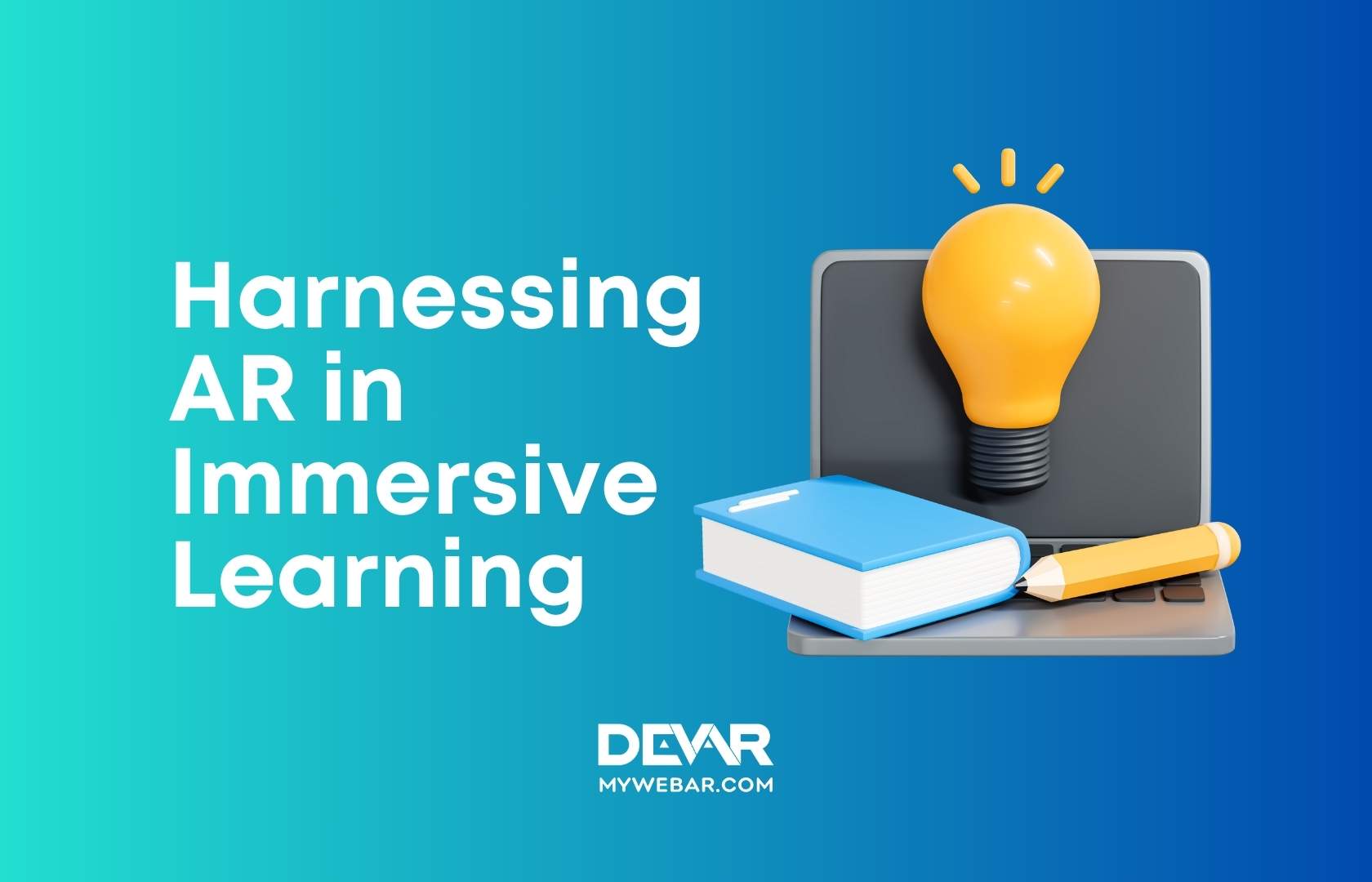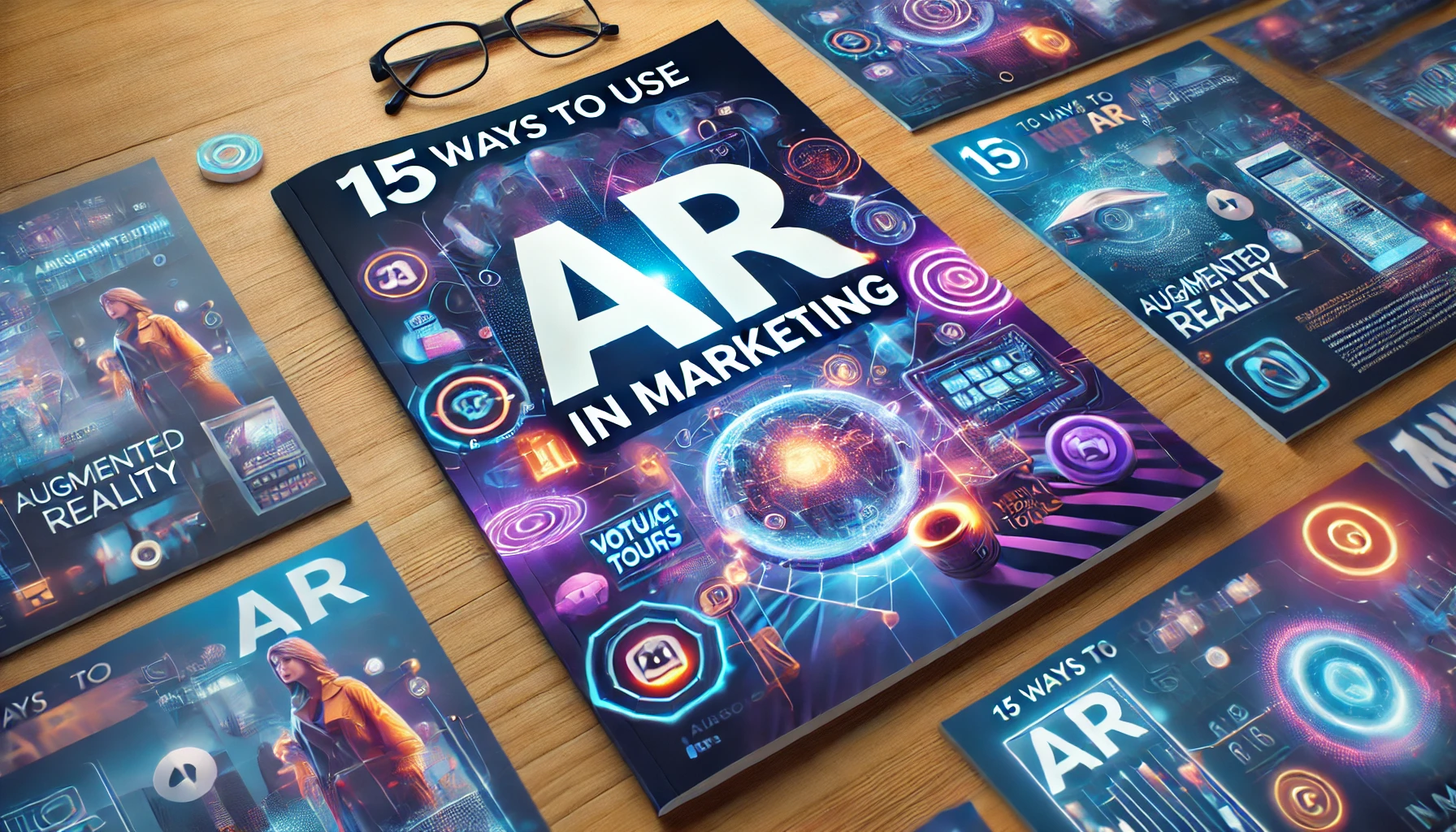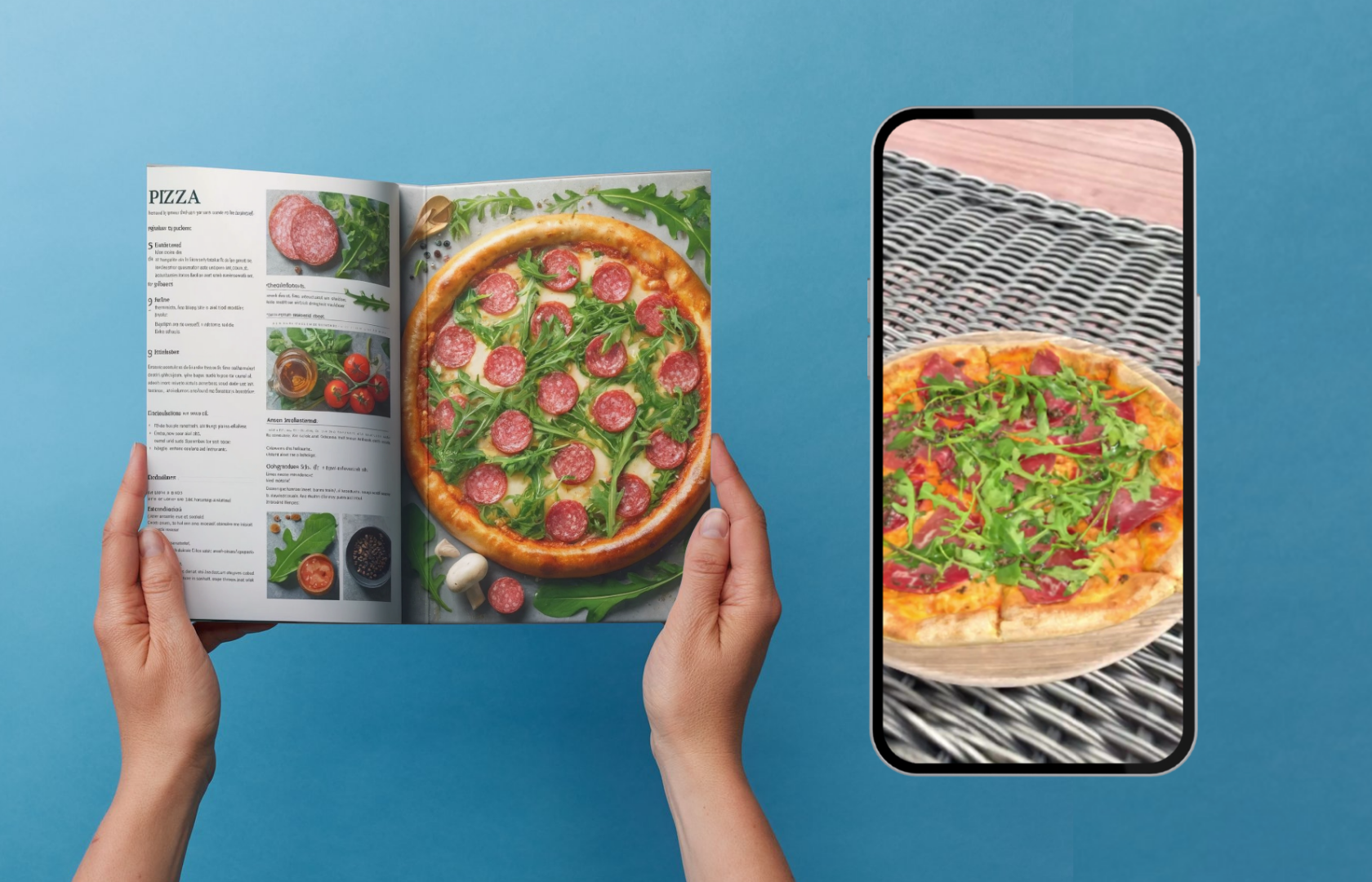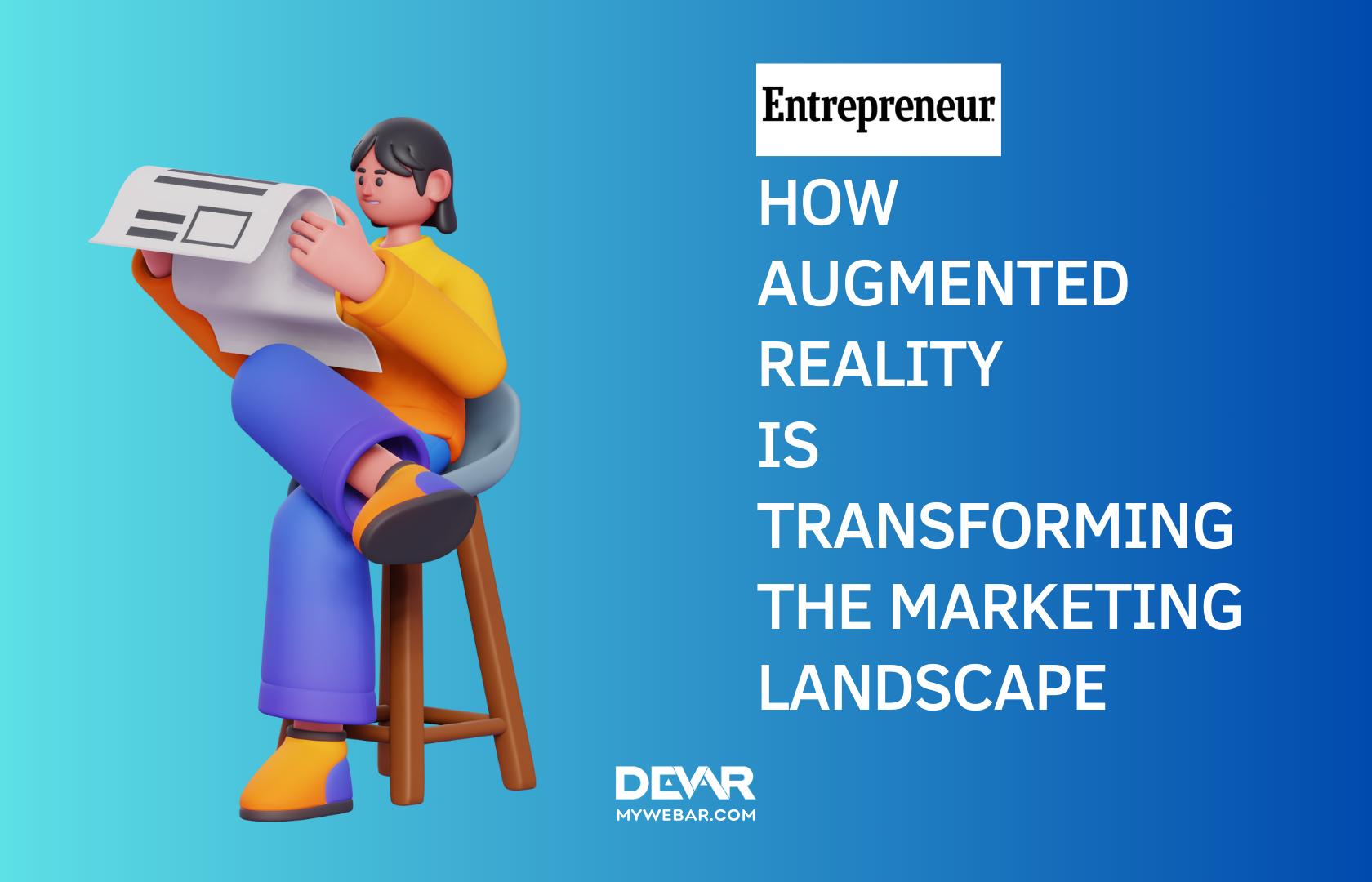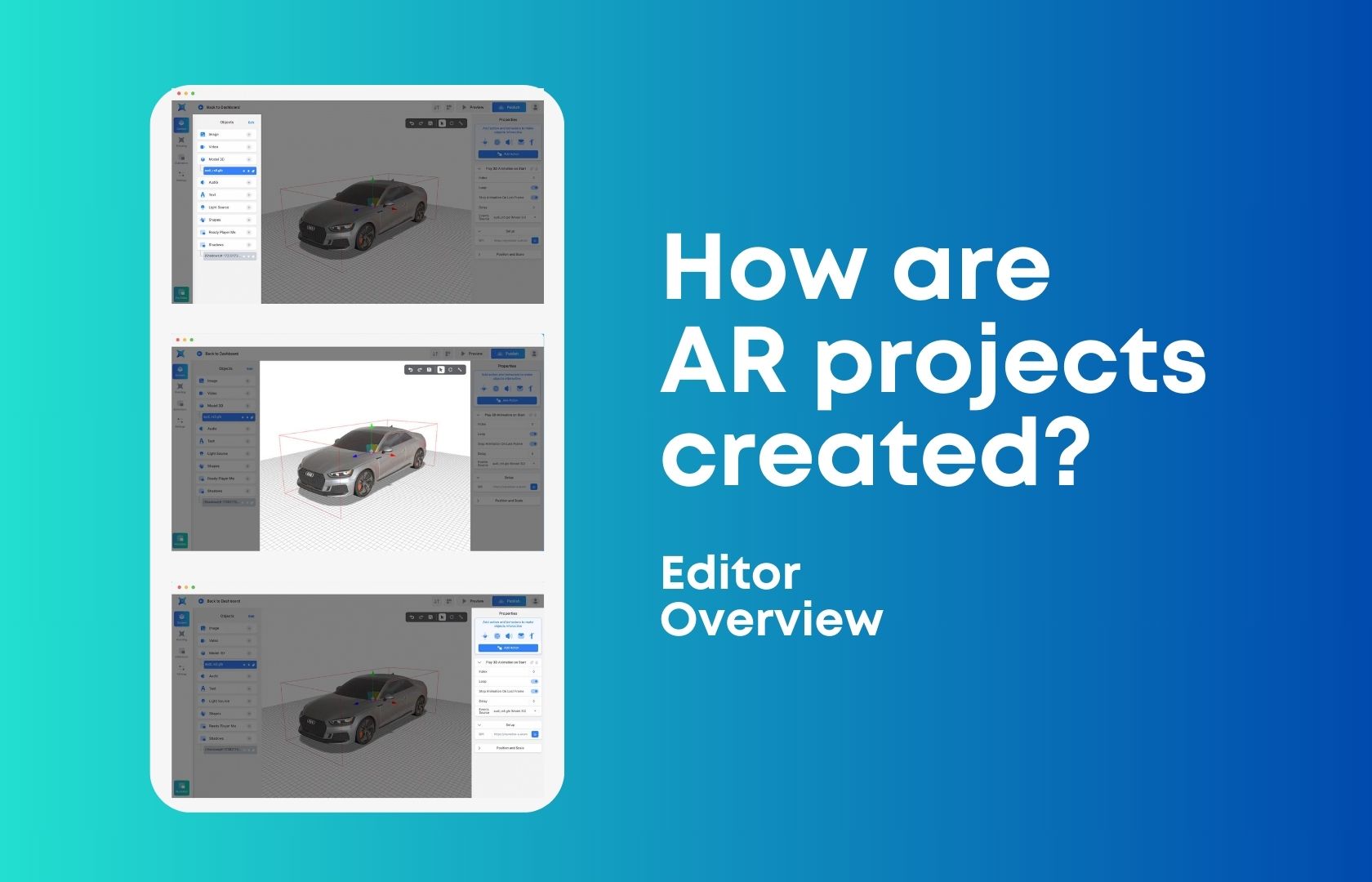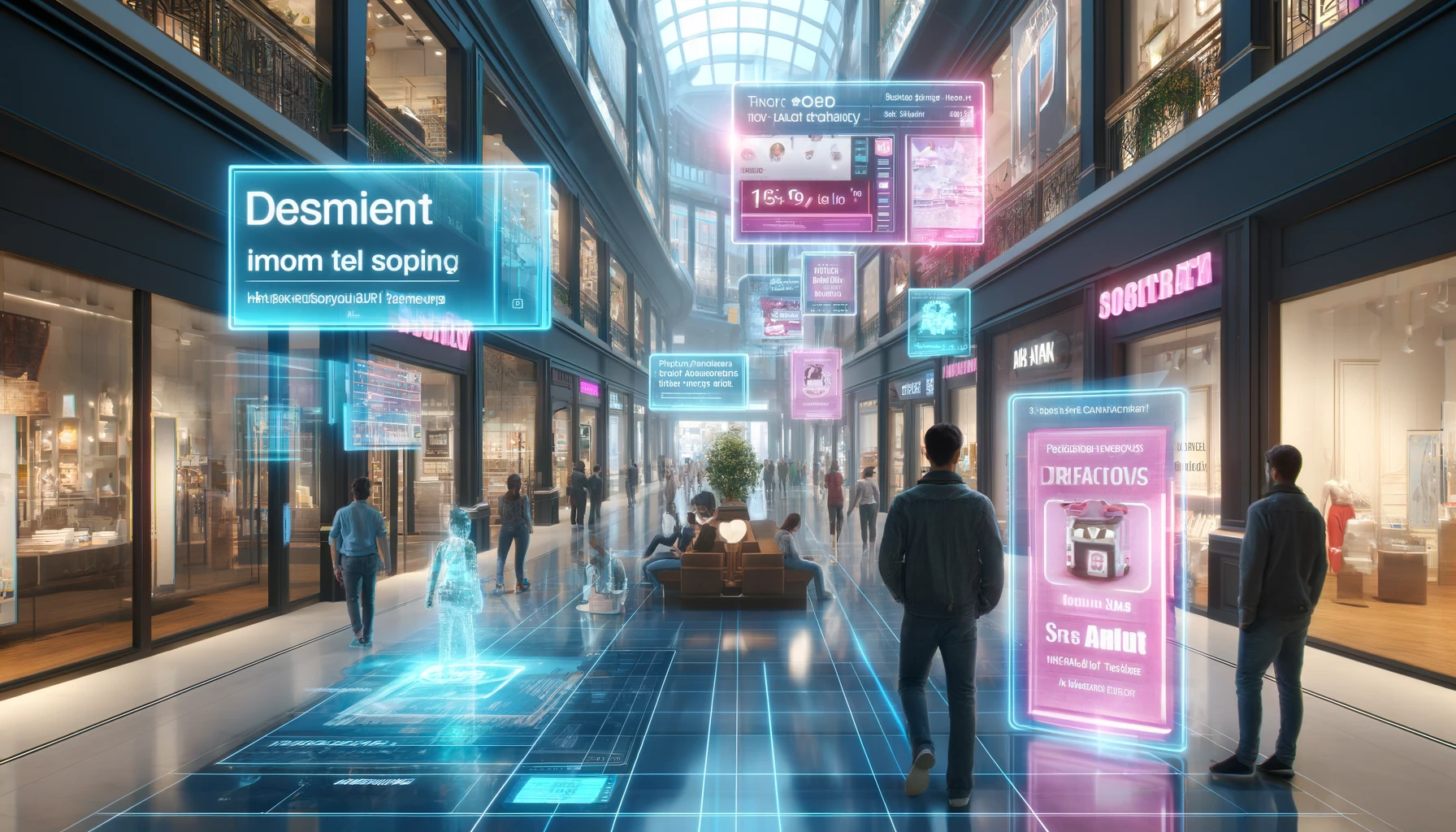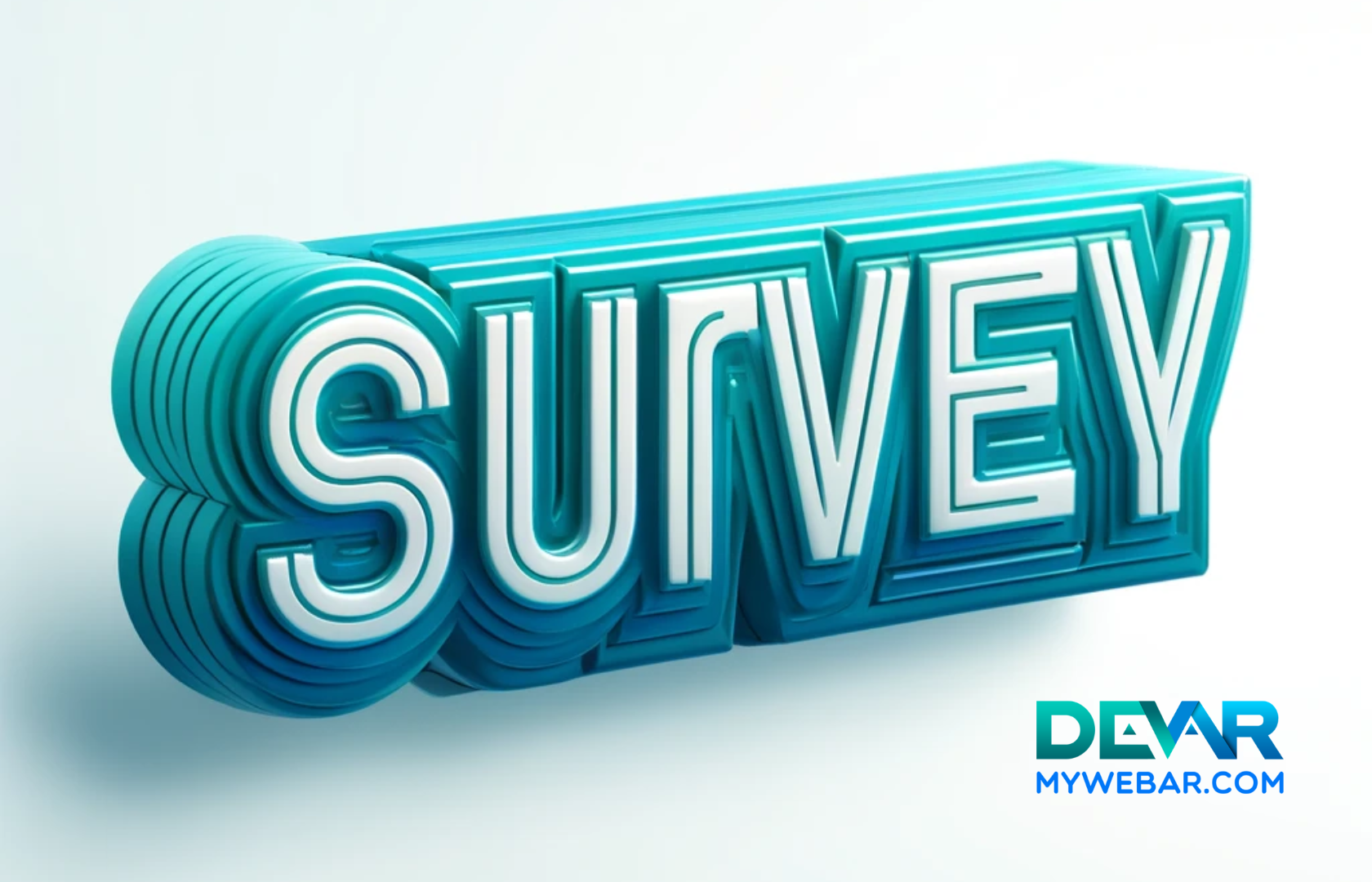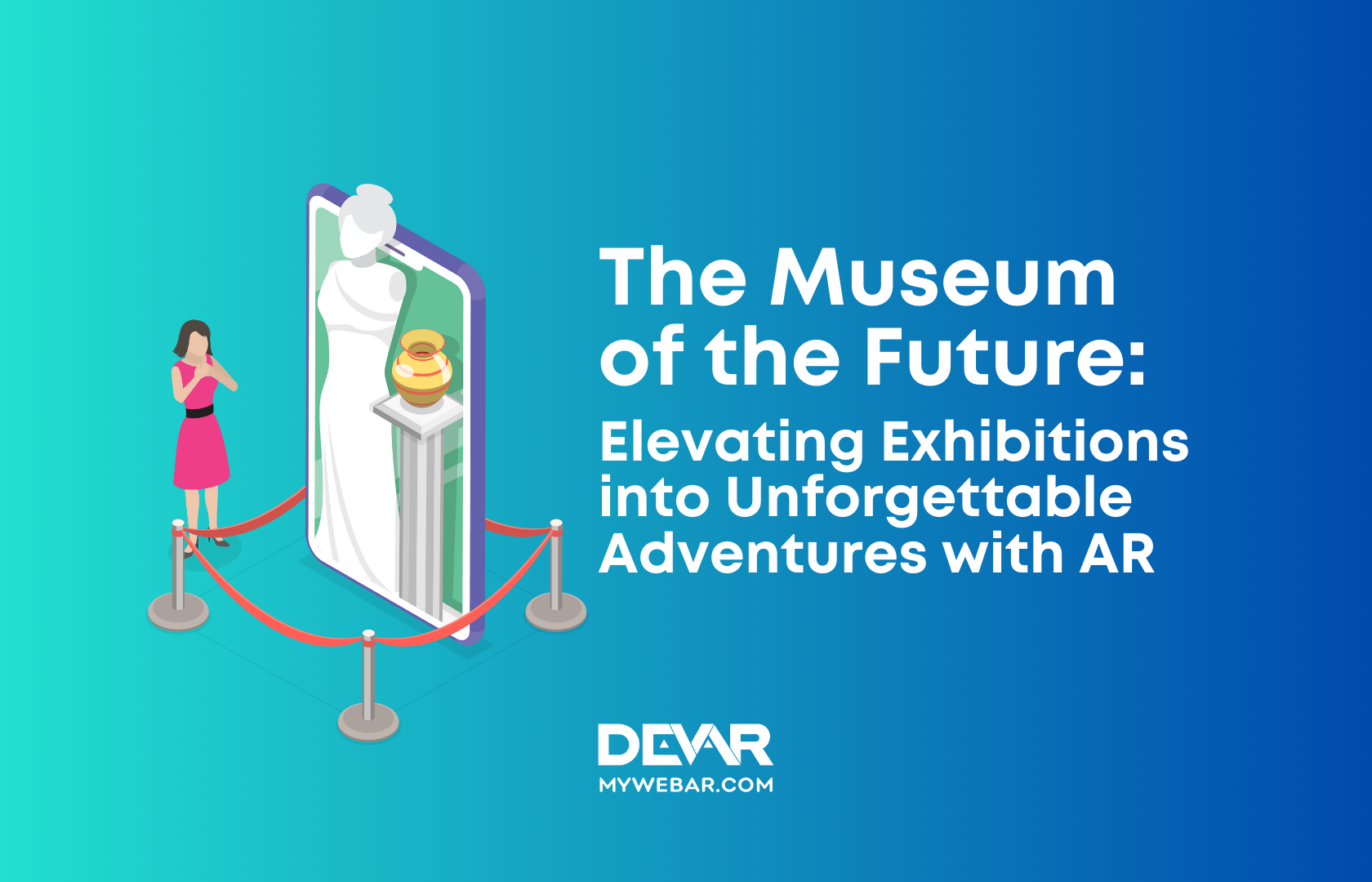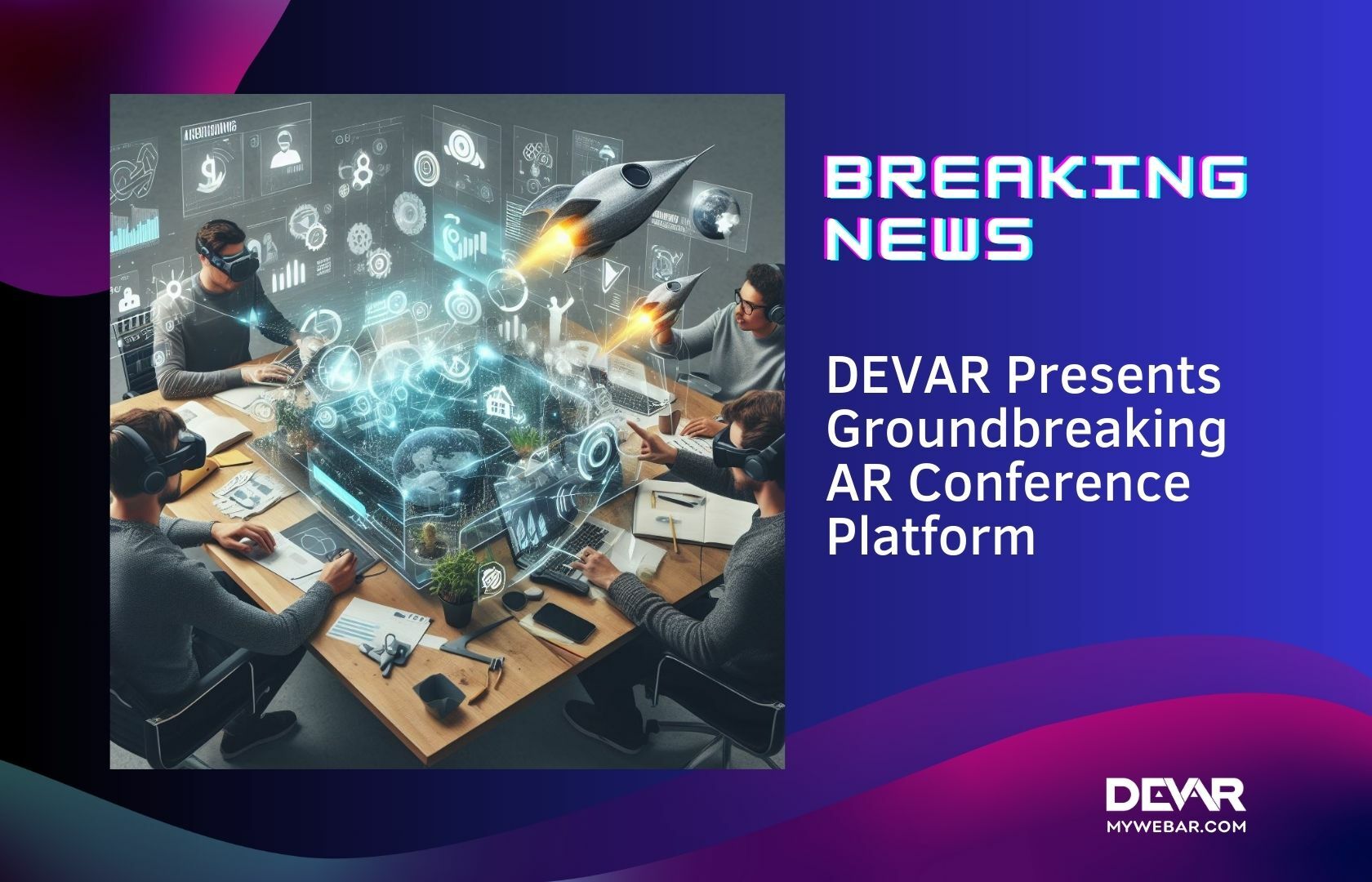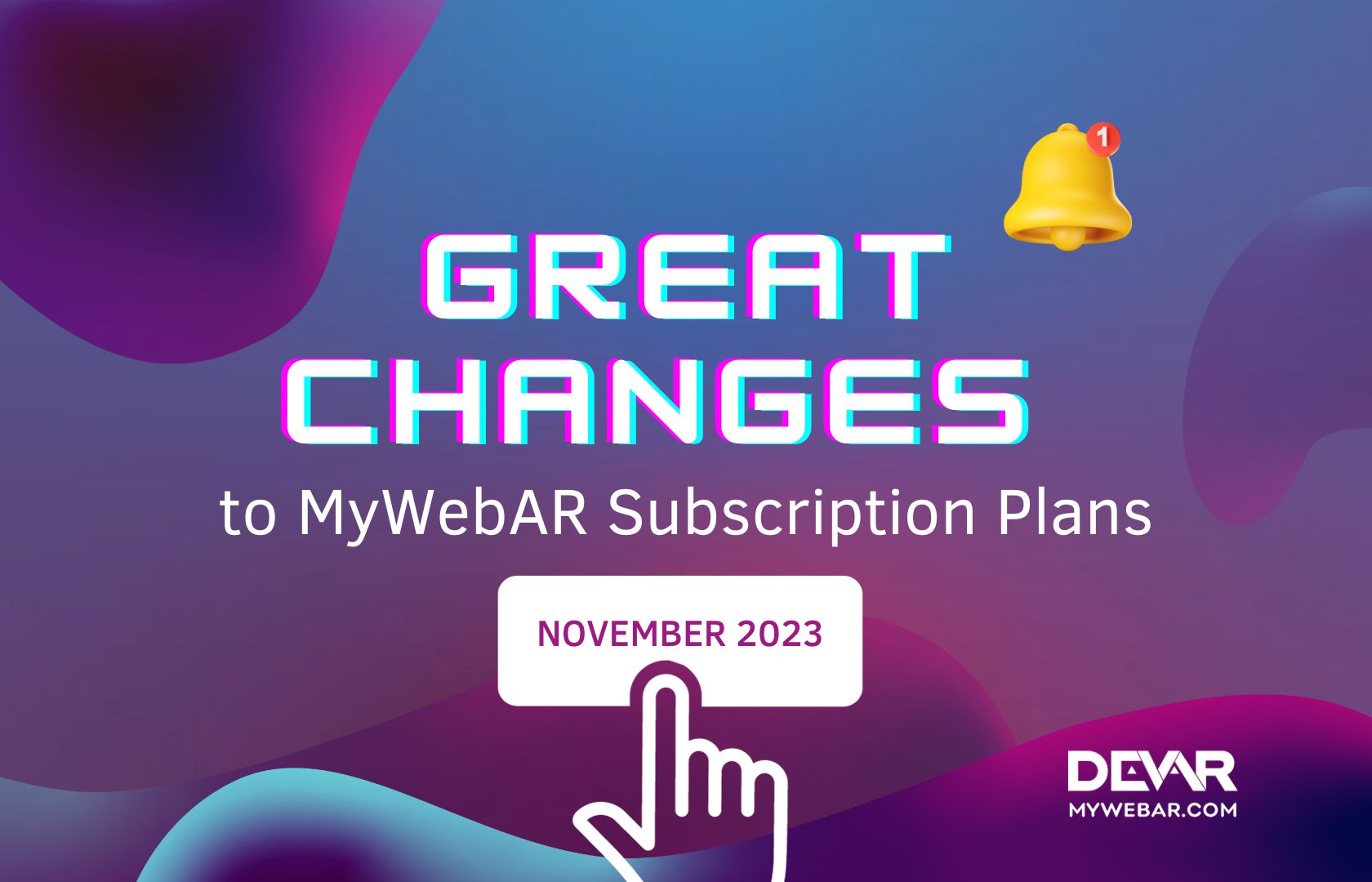Every day we are rapidly plunging into the world of the future, about which the visionaries of the past wrote with enthusiasm.
Recently, a friend of ours recalled a story:
For many years, I used to buy small gadgets. All very necessary. And all exclusively for work: phone, camera, router, laptop, printer, and scanner. A substantial pile of boxes had formed. We engaged in a conversation with the salesman.
“Do you have any device that can take photos, make calls, view pictures of documents, and send them to others? It would be great if we could also watch movies and listen to music.”
“No,” replied the salesman. “There are no such devices. It’s already some kind of space-age technology. They won’t invent anything like that in our lifetime for sure. Maybe in a hundred years – yes. But not now…”
A year later, the first smartphone with a camera was released.
Now all these huge boxes and gadgets easily fit inside one smartphone. Familiar, understandable, and necessary. And no one, of course, has any associations with space-age technologies anymore.
Crossing the threshold, we are greeted by a smart home system. The refrigerator reminds us of proper nutrition, and the watch on our wrist tracks our pulse, monitors sleep, diet, and even suggests stretching if we sit in one place for too long.
Kettles have long learned to heat water to the perfect temperature for different purposes and notify us on our smartphones. You can even play games with them!
Robot vacuum cleaners tidy up our homes, and smart speakers chat with us about the weather, give us the latest news, and pick out our favorite music that suits our mood or daily rhythm.
We gladly accept help from technology in our daily lives, unloading our brains already overloaded with information. Life becomes easier, but at the same time, richer, faster, more interesting, and more productive.
Fear of New Technologies
As our consultant Sean Cooper has already mentioned in one of his articles, being afraid of new technologies is normal. It is a part of our consciousness.
However, such fear does not mean that we should not try to experiment and look for convenient and effective approaches. In the age of technology and information, we have thousands of opportunities, but our brain remains the same as it was a thousand years ago. It is not eager to overexert itself. Instead of rejecting something, we can create many assistants to help it. Not only in our daily routines but also in our work.
While some may have concerns about the use of AI due to the potential replacement of human jobs, it is important to understand that AI is a tool to enhance work and assist people, not replace them.
Proper use and implementation of AI can bring significant benefits to both businesses and employees, so there is no need to fear using AI at work. Rather, it should be seen as an opportunity for growth and development.
Opportunities of AI
The emergence of AI has brought us a plethora of new possibilities and prospects:
- Automation and process optimization. AI enables the automation of routine tasks, speeding up production processes and enhancing business efficiency. For instance, in manufacturing, AI can manage assembly processes, optimize inventory, and handle supply chains.
- Improvement in medical diagnostics. AI can assist doctors in diagnosing illnesses, analyzing medical images, and predicting treatment outcomes. This leads to more precise diagnoses and enhances the quality of medical care.
- Personalized experiences for consumers. AI is used to analyze consumer data and create personalized recommendations. For example, music streaming platforms utilize AI to suggest songs and artists based on user preferences.
- Trend and behavior forecasting. AI can analyze vast amounts of data and uncover hidden patterns. This helps companies forecast market trends, predict consumer behavior, and make more informed business decisions.
- Development of autonomous systems. AI is employed in developing autonomous systems such as self-driving cars and drones. These systems can make decisions independently based on their environment and sensor data.
- Enhancement of security. AI is utilized for detecting fraud, cyberattacks, and other threats. Machine learning systems can analyze data and identify anomalies, aiding in safeguarding information and ensuring security.
These are just a few of the myriad new possibilities that have arisen due to the advancement of AI. Each of these areas continues to evolve, offering new perspectives and potential for innovation across various aspects of life.
It may seem like a no-brainer to leverage all these benefits of the new world. However, many modern individuals are reluctant to work with AI, and each person has their own reasons for this. Some consider it unethical to use borrowed labor, some fear for their skills and future career, and some simply do not understand how to work with all of this at all.
AI: Enemies or Helpers?
AI will not replace humans. But it will significantly ease their lives. That is why it is better to treat it not as a cunning invader, but as a helper. Not as a competitor, not as a divine all-knowing machine, not as a magical wonder, but as a tool that can help you work faster, but not do it for you.
And since AI is a helper, in this case, it is worth considering it as a full-fledged worker. Today, we will look at the roles of such giants’ assistants as ChatGPT, DALL-E, and StableAudio.
It is with them that our team works more frequently and extensively.
We have prepared brief profiles for each participant. In them, we tried to consider both strengths and weaknesses. The participants themselves cannot attend the interview, so we will do it for them.
ChatGPT
Name: ChatGPT
Date of Birth: November 30, 2022
Parents: OpenAI
Occupation: Versatile talent in all fields
Hobbies: Creating new algorithms, robotics (he said it himself!)
Dislikes: Illogicality
Strengths: Speed, objectivity, broad knowledge, multilingual, accessibility
Weaknesses: Can sometimes invent events that did not happen, easily swayed, may slightly lie and not even realize it
The halo of his fame is so wide that it becomes quite challenging to spot other networks. And no wonder, as the chat is a real jack-of-all-trades. He can write code, reply to emails, suggest ideas, and even substitute for a search engine. It’s easier to say what he can’t do.
Naturally, we first tested this wonder. Clumsily, with trembling hands, we entered our queries and received… something. Spark, storm, misunderstanding. We talked about one thing, and it was about something else entirely. But through trial and error, with advice from the book “Conversations with Robot Invaders for Dummies” and a sea of friendliness, we eventually found a common language.
He learned from us, and we learned from him. Sometimes ChatGPT literally pulled us out of creative blocks, and sometimes amused us with blatantly implausible information.
And he also writes scripts and translates into different languages quite well.
DALL-E
We talked about the common inspirer, and now the performer steps onto the stage.
An artist who never drank water from the paint instead of tea, never cut a finger with a sheet of paper, and never lost a pencil behind his ear. But for whom the fear of a blank canvas is unknown. Let’s welcome DALL-E!
Name: DALL-E
Date of Birth: January 5, 2021
Parents: OpenAI
Occupation: Artist of all trades
Hobbies: Experimenting with styles
Dislikes: Being asked to draw in a single style, doesn’t remember faces
Strengths: Rich imagination
Weaknesses: Do not ask to draw hands. Ever!
Unlike the no less famous Midjourney, this neural network is more about advertising materials, banners, photos, and concepts. It excels in illustrating articles, providing references for artists, creating conceptual visualizations for future projects, and so on.
Of course, this neural network cannot replace a real artist, designer, illustrator, or creator. But it can help them choose a palette or composition, inspire an unexpected approach, or test a creative hypothesis.
StableAudio
Well, can a robot write a symphony? The question can be considered closed. Not without the help and imagination of a person, of course, but the neural networks have learned to compose music. As they can.
Name: StableAudio
Date of Birth: August 2023
Parents: Stability AI
Occupation: Musician on all instruments
Hobbies: Creating short tracks
Dislikes: Sometimes gets too carried away with sound effects
Strengths: Knowledgeable in various music styles
Weaknesses: May add a ghostly choir where you least expect it, won’t really write a long symphony
An interesting assistant for creating short musical tracks and effects. Even someone far from music can select the desired music with the help of hints and examples. Of course, experimentation will be necessary, trying different queries, maybe delving into terms, or requesting help from ChatGPT.
Your ears may slightly protest such experiments; you may hear ghostly voices in the background, but in return, you will hear how the northern forest sounds and the glimmers of sunlight.
This neural network is ideal for accompanying short videos and background sounds. The downside is that you cannot reprocess the resulting track by adding a few strokes. But fast work and convenient text input soften this inconvenience.
We have introduced our little helpers. As you can see, they have both strengths and weaknesses. But it is in our hands to teach them to fit our needs and make them our third hand. The main thing is not to be afraid to experiment and smile at every result.
A Small Piece of Advice
A general piece of advice for all AI: before hastily typing your query into the search bar, formulate the question in your mind. Now, imagine each word of the query separately. Are there any words among them that can be understood in a double or even triple sense?
Humans possess abstract thinking, but AI does not. This is often what hinders us when working with it. We are accustomed to the idea that even if we don’t finish a sentence, mix up words, or provide an analogy or association, we will still be understood. However, AI has its own language and thinking. It cannot understand us in the same way yet.
It is us who must change our way of thinking because we are capable of it, while neural networks are not yet.
Do not be afraid to embrace new technologies! After all, AI can significantly increase work productivity by executing tasks more quickly and accurately. For example, AI can aid in process optimization, reduce task completion time, and enhance work quality.
Furthermore, companies that successfully integrate AI into their operations can become more competitive in the market by improving the efficiency of business processes, enhancing product quality, and offering more innovative services.
Not to mention that working with AI can help employees develop new skills and competencies, such as data handling, analytics, machine learning, and other technologies, which can be beneficial for their career advancement.
